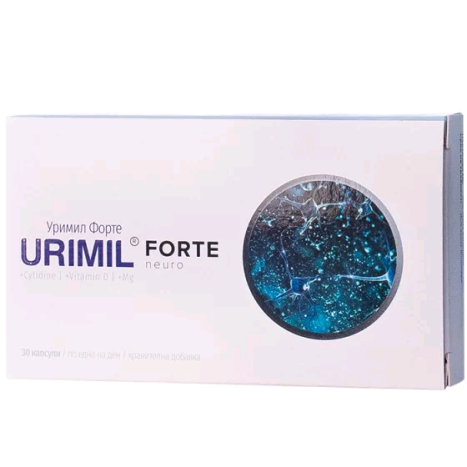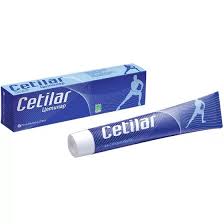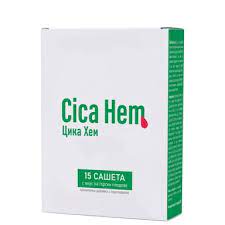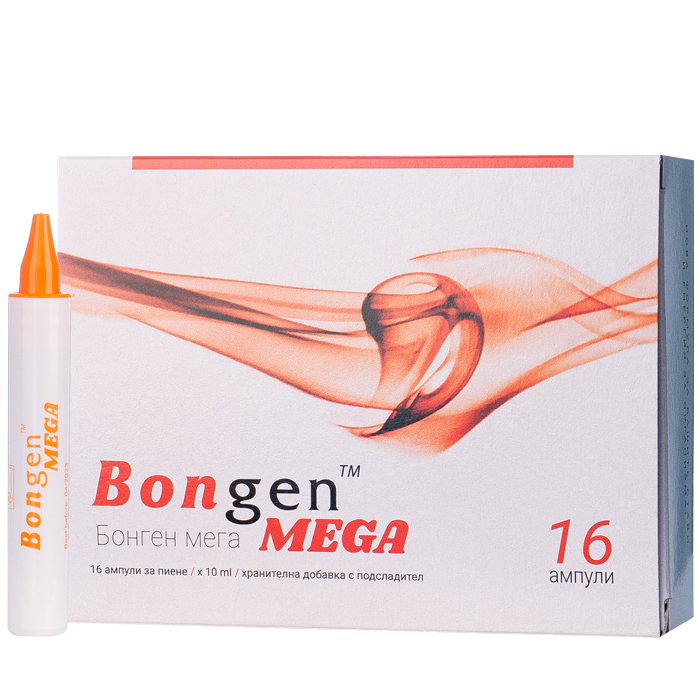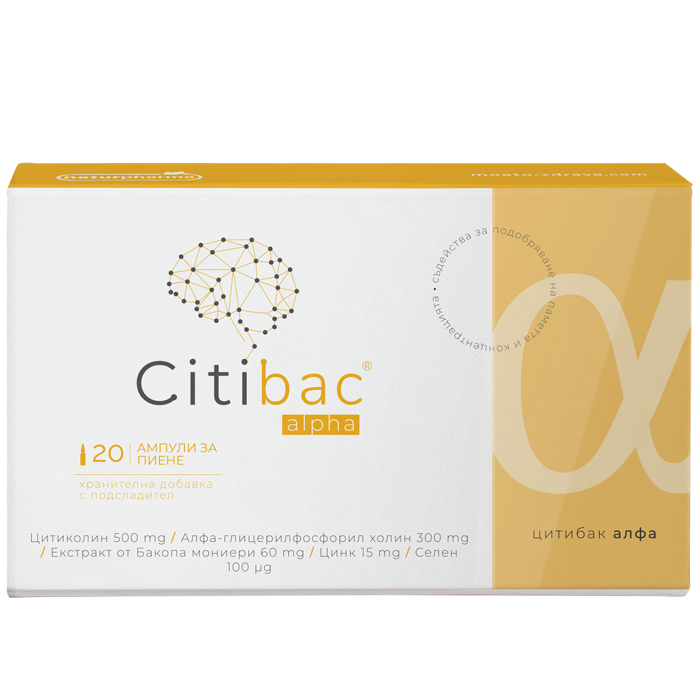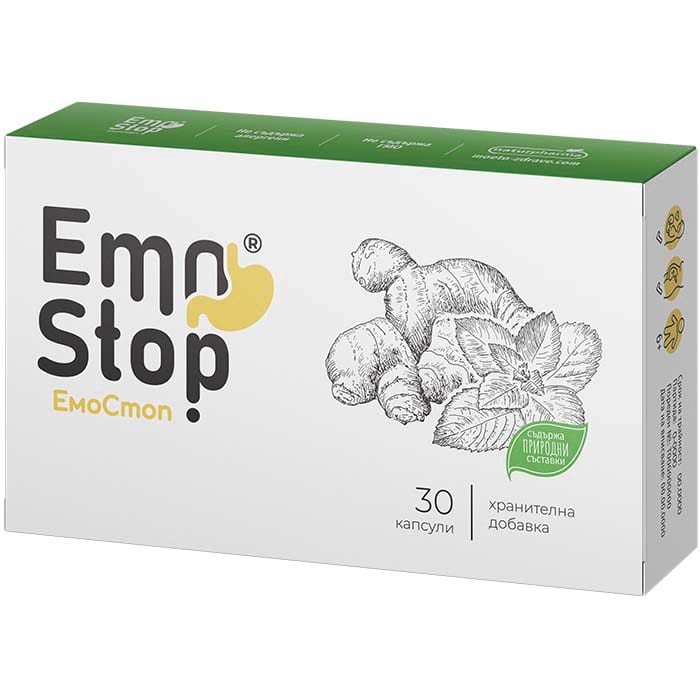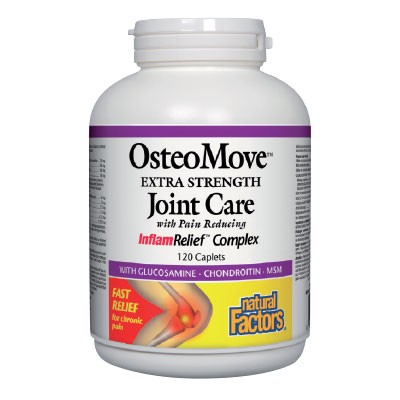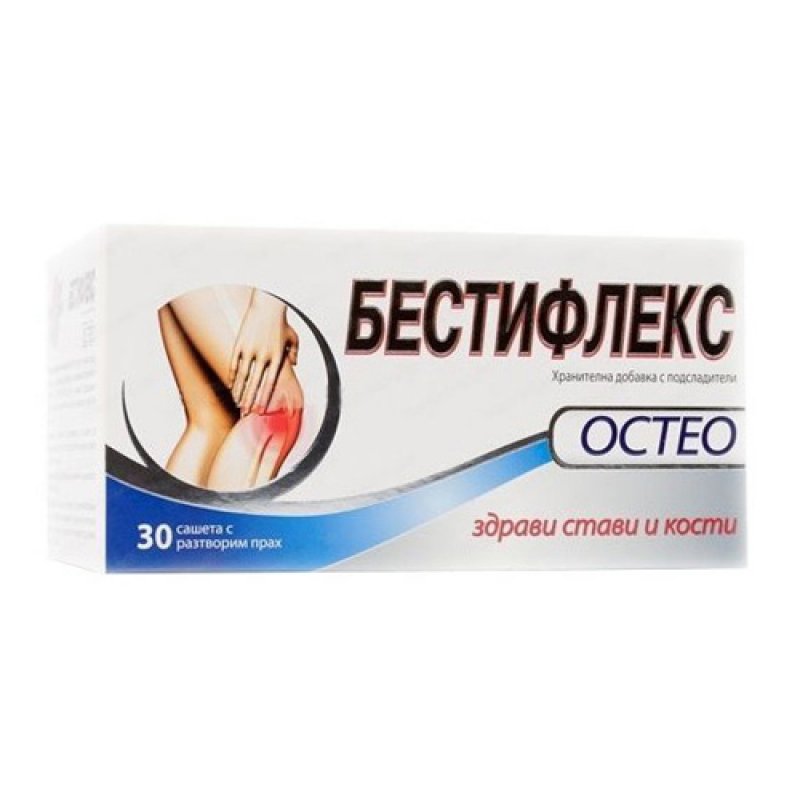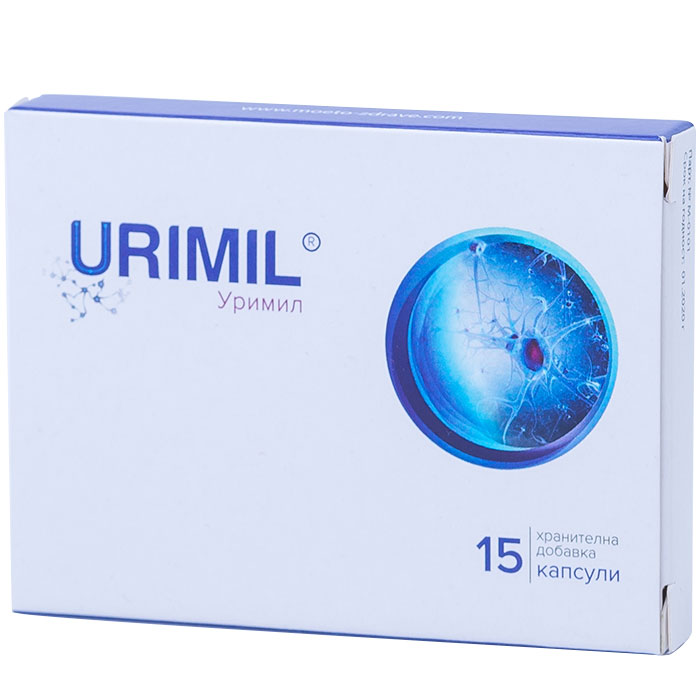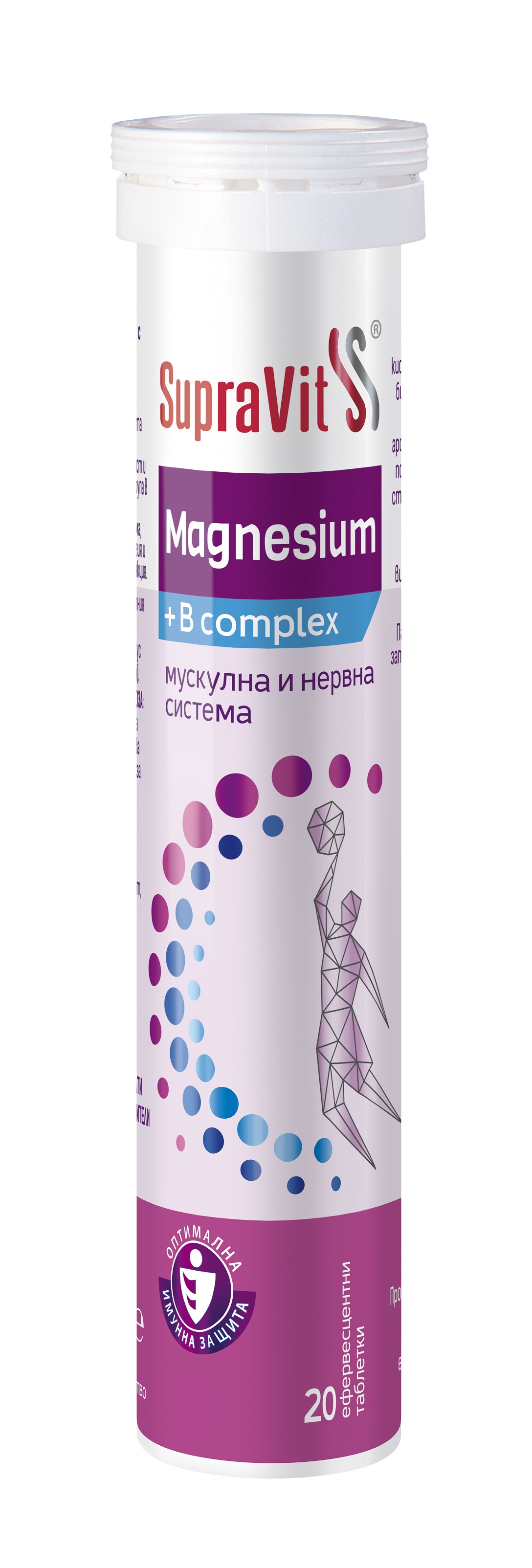NATURPHARMA URIMIL FORTE for neuropathic pain x 30 caps
Urimil Forte is the newest and most powerful member of the Urimil family – a series of expert nutraceutical solutions recommended by chronic pain specialists . The product was developed with care for patients with neuropathic pain and supports the normal functioning of the peripheral nervous system.
Each capsule of Urimil Forte contains an optimal combination of 9 active ingredients that are applied together and separately to affect pain conditions . Now with added cytidine monophosphate, vitamin D and magnesium, which contribute to the maintenance of normal muscle function.
Features:
- The most powerful product of the Urimil series for peripheral nerve regeneration and pain relief
- More uridine monophosphate + added cytidine monophosphate, magnesium and vitamin D3
- 9 active components that complement each other and enhance their action
- Scientifically proven effectiveness for each of the ingredients
- 1 capsule daily
Composition (in 1 capsule):
Magnesium (in the form of 696.551 mg magnesium citrate) | 101 mg |
Uridine monophosphate (UMP) (nucleotide) | 65 mg |
Vitamin B3 (Nicotinamide) | 10 mg |
Vitamin B6 (pyridoxine hydrochloride) | 6 mg |
Cytidine monophosphate (nucleotide) | 5 mg |
Vitamin B1 (thiamine hydrochloride) | 4 mg |
Folic acid | 400 mcg |
Vitamin B12 (cyanocobalamin) | 10 mcg |
Vitamin D (Cholecalciferol) | 10 mcg |
Excipients: magnesium stearate and microcrystalline cellulose (emulsifiers); silica (anti-caking agent).
Recommended dosage:
Take 1 Urimil Forte capsule daily.
Duration of reception:
For optimal effect, it is recommended to take Urimil Forte for 3-6 months.
Packaging: 30 capsules, enough for a 30-day supply
Understand neuropathic pain to manage it
Pain is an invariable but unpleasant part of our biology. Common causes of it are diseases affecting the nervous system:
- Sciatica
- Lumbago
- Discopathy
- Cervical sciatica
- Diabetic neuropathy
- Intercostal neuralgia
- Plexites
The pain associated with them can be characterized as neuropathic or neuropathic. Sometimes it comes in the form of a sudden burning stab, often times in the middle of the night. Other times, it may be accompanied by chronic tingling, pricking, tickling, or burning that just won't go away.
To better understand neuropathic pain, we need to talk about the primary purpose of pain in general. Pain serves as a kind of alarm system of the human body. When our hand is dangerously close to a flame, our nerves send a pain signal to the brain: “This person is about to burn!” In response, our brain initiates a withdrawal reflex before we even have a chance to burn ourselves.
Nerve damage can cause damage to our pain alarm system. This can lead to numbness of parts of the body - lack of a pain signal when one is needed. And even more worrying – to hypersensitivity. Damaged nerves can sound a "false alarm" and become the cause of experiencing very real pain that is not reciprocal to the damage or for which there is no external cause.
In many cases of neuropathic pain, perfectly normal body positions and movements (such as standing or walking) become painful. Some patients may begin to experience pain from the gentle touch of their own clothing or the sheets that until recently provided them with comfort and warmth during sleep. This condition is known in the medical literature as "allodynia". Left to its own devices, neural damage can worsen over time and "lock" us into a permanent painful state.
Fortunately , there are ways to control and even treat neuropathic pain . This is because nerves are metabolically active tissue with their own vascular system ( vasa nervorum ), which supplies them with nutrients key to their health. Such substances are:
B vitamins
The lack of vitamins from the B-group leads to neuropathies, degeneration, sensory impairments, and difficult recovery of neural pathways. According to statistics, about 32% of people with a deficiency of B-vitamins develop generalized lesions of the peripheral nerves. And vice versa, their intake can contribute to the control of pain, to the regeneration of the nervous system, to the normalization of reflexes and sensitivity. It is not by chance that they are called "neurotropics".
Uridine monophosphate
It is involved in the creation of RNA and a number of neuronal structures such as dendrites (neuronal processes) and myelin sheath (neuronal insulation). Taking uridine monophosphate accelerates the "repair" of damaged nerves and can suppress the pain signal.
In one study of 212 patients with peripheral neuropathy, a combination of uridine, folic acid, and vitamin B12 significantly reduced pain intensity and the number of painful sites. Another study in 48 people with carpal tunnel syndrome confirmed the effectiveness of this combination, finding 40% less pain after 2 months of use.
The triad of vitamin B12, uridine and cytidine effectively reduced neural pain in 400 patients with compressive neuralgia (pain from a pinched nerve) – significantly more than vitamin B12 alone. Uridine has also been shown to significantly improve the condition of patients with diabetic neuropathy (nerve damage resulting from high blood sugar).
Magnesium
Magnesium regulates various processes in the human body, one of which is neuromuscular conduction. Studies show that the average dietary intake of magnesium is relatively low, reaching only 30 to 50% of the recommended daily intake, which is 420 mg for men and 320 mg for women per day. A clinical study conducted with patients with chronic low back pain showed a significant reduction in pain and improved mobility in patients taking magnesium.
Vitamin D
Vitamin D is a hormone-like vitamin, low levels of which are often associated with chronic pain problems (Shipton, EE, & Shipton, EA, 2015) and higher pain medication use by patients with pain (Bergman, P., et al., 2015).
Conversely, a number of studies have found that supplemental intake of the vitamin contributes to the reduction of chronic pain in cancer patients (Björkhem-Bergman, L., & Bergman, P., 2016), musculoskeletal problems (Gendelman, O., et al., 2015), fibromyalgia (Wepner F., et al., 2014) and diabetic neuropathy (Lee, P., & Chen, R., 2008).
The physiological mechanisms linking vitamin D and pain are not fully understood, but evidence suggests that its insufficient levels affect the function of peripheral nerves and the parasympathetic division of the nervous system (Helde-Frankling, M., & Björkhem-Bergman, L., 2017 ).
The presence of vitamin D receptors in the central nervous system and its effect on a number of neurotransmitters is probably also relevant, as is its pronounced anti-inflammatory function.
Cytidine monophosphate
Cytidine is an important component of RNA with a key role in intercellular signaling and neural conduction. There is a significant body of preclinical and clinical data supporting its effectiveness against neuropathic pain, particularly when administered in combination with uridine and vitamin B12.
Several studies have demonstrated its beneficial effects in the recovery from central nervous system trauma, as well as in the recovery of motor function after peripheral nerve damage. Taking cytidine has been shown to help relieve neuropathic pain and restore movement just 4 weeks after sciatic nerve injury (Wibowo, S., & Meliala, L., 2016).
In another trial, a three-month course of treatment with uridine + cytidine was sufficient to significantly improve sensation and reduce pain in 75 patients with diabetic neuropathy (Ndiaye, M, et al., 2015). A 10-day administration of a combination of cytidine, uridine, and vitamin B12 effectively reduced pain and improved function in 41 patients with acute nontraumatic low back, pelvic, and neck pain (Mibielli, MA, et al., 2010).


